Unveiling the Differences When it comes to healthy snacking options, anjeer, also known as figs, have gained tremendous popularity in recent years. Packed with essential nutrients and a sweet, distinctive flavor, anjeer is not only a delicious treat but also offers a myriad of health benefits. However, there is an ongoing debate between soaked anjeer and dry anjeer, with each having its own merits. Let’s delve deeper into the differences between the two and help you decide which one suits your taste and health preferences.
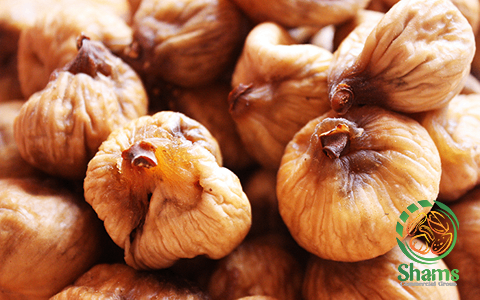
.
 1. Texture and Taste: One of the main differences between soaked anjeer and dry anjeer lies in their texture and taste. Soaked anjeer has a softer and juicier flesh, making it easier to chew and digest. The process of soaking helps in hydrating the fruit, which results in a plump and tender texture. On the other hand, dry anjeer has a chewier texture due to the absence of moisture. It is predominantly sweet and mildly tangy, offering a satisfying crunch with each bite. 2. Nutritional Content: Both soaked and dry anjeer are rich in essential nutrients, but their composition may vary. Soaked anjeer tends to retain more water, which can dilute some of its nutrients, such as vitamins C and E.
1. Texture and Taste: One of the main differences between soaked anjeer and dry anjeer lies in their texture and taste. Soaked anjeer has a softer and juicier flesh, making it easier to chew and digest. The process of soaking helps in hydrating the fruit, which results in a plump and tender texture. On the other hand, dry anjeer has a chewier texture due to the absence of moisture. It is predominantly sweet and mildly tangy, offering a satisfying crunch with each bite. 2. Nutritional Content: Both soaked and dry anjeer are rich in essential nutrients, but their composition may vary. Soaked anjeer tends to retain more water, which can dilute some of its nutrients, such as vitamins C and E.
..
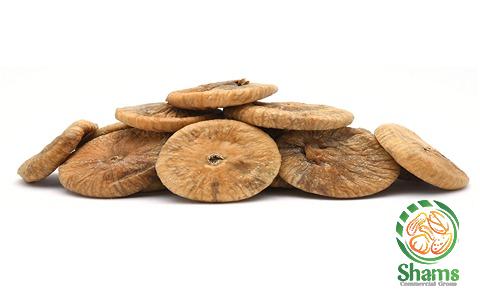 However, the soaking process enhances the bioavailability of other nutrients, making them more easily absorbed by the body. On the contrary, dry anjeer has a higher concentration of certain minerals, such as calcium and iron, due to the absence of excess water. 3. Digestibility: Soaking anjeer can aid in digestion, particularly for individuals with sensitive digestive systems. The process softens the fruit, allowing it to be broken down more easily during digestion. This can be particularly beneficial for those who experience bloating or discomfort after consuming dry anjeer. However, if you have a healthy digestive system, dry anjeer can provide the necessary roughage, which aids in regular bowel movements and supports digestive health.
However, the soaking process enhances the bioavailability of other nutrients, making them more easily absorbed by the body. On the contrary, dry anjeer has a higher concentration of certain minerals, such as calcium and iron, due to the absence of excess water. 3. Digestibility: Soaking anjeer can aid in digestion, particularly for individuals with sensitive digestive systems. The process softens the fruit, allowing it to be broken down more easily during digestion. This can be particularly beneficial for those who experience bloating or discomfort after consuming dry anjeer. However, if you have a healthy digestive system, dry anjeer can provide the necessary roughage, which aids in regular bowel movements and supports digestive health.
…
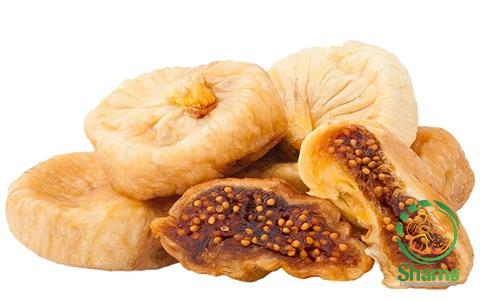 4. Flavor and Culinary Uses: The flavor profile of anjeer changes significantly depending on whether it is soaked or dry. Soaked anjeer has a milder and sweeter taste as the soaking process helps to enhance its natural sweetness. It is often used in desserts, smoothies, or as a topping for porridge or yogurt. On the other hand, dry anjeer boasts a stronger and more concentrated flavor, making it a popular ingredient in various cuisines. It is commonly used in baking, as a topping for salads, and can be enjoyed as a standalone snack. 5. Storage and Shelf Life: Dry anjeer undoubtedly has a longer shelf life compared to soaked anjeer. The absence of moisture in dry anjeer allows it to be stored for an extended period without spoiling. It is essential to keep your dry anjeer in an airtight container in a cool, dry place to maintain its quality. Soaked anjeer, on the other hand, is highly perishable and should be consumed within a few days of soaking. It is important to store soaked anjeer in the refrigerator to prevent spoilage. In conclusion, both soaked anjeer and dry anjeer offer unique benefits and flavors. Soaked anjeer provides a softer texture, enhanced digestibility, and a milder taste, whereas dry anjeer offers a chewier texture, concentrated flavor, and a longer shelf life. Ultimately, the choice between the two depends on personal preference, health considerations, and intended culinary uses. Incorporating either soaked or dry anjeer into your diet can contribute to a nutritious and satisfying snacking experience.
4. Flavor and Culinary Uses: The flavor profile of anjeer changes significantly depending on whether it is soaked or dry. Soaked anjeer has a milder and sweeter taste as the soaking process helps to enhance its natural sweetness. It is often used in desserts, smoothies, or as a topping for porridge or yogurt. On the other hand, dry anjeer boasts a stronger and more concentrated flavor, making it a popular ingredient in various cuisines. It is commonly used in baking, as a topping for salads, and can be enjoyed as a standalone snack. 5. Storage and Shelf Life: Dry anjeer undoubtedly has a longer shelf life compared to soaked anjeer. The absence of moisture in dry anjeer allows it to be stored for an extended period without spoiling. It is essential to keep your dry anjeer in an airtight container in a cool, dry place to maintain its quality. Soaked anjeer, on the other hand, is highly perishable and should be consumed within a few days of soaking. It is important to store soaked anjeer in the refrigerator to prevent spoilage. In conclusion, both soaked anjeer and dry anjeer offer unique benefits and flavors. Soaked anjeer provides a softer texture, enhanced digestibility, and a milder taste, whereas dry anjeer offers a chewier texture, concentrated flavor, and a longer shelf life. Ultimately, the choice between the two depends on personal preference, health considerations, and intended culinary uses. Incorporating either soaked or dry anjeer into your diet can contribute to a nutritious and satisfying snacking experience.

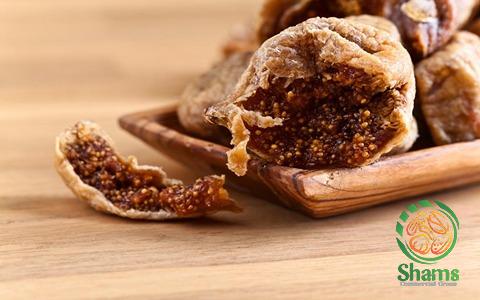
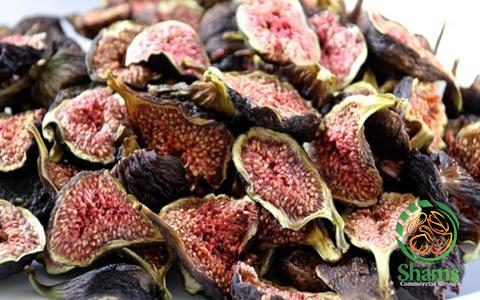
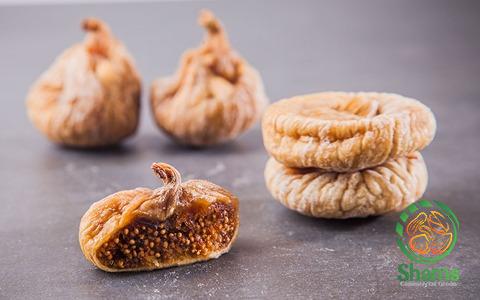
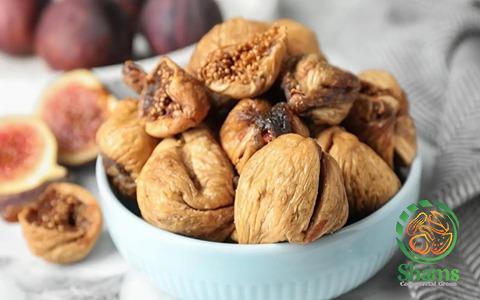
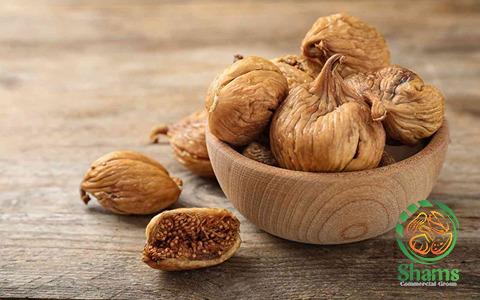
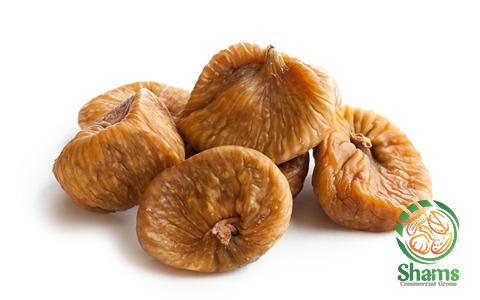
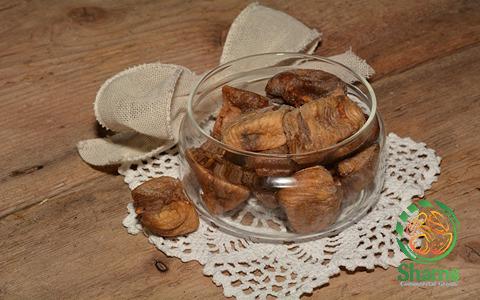
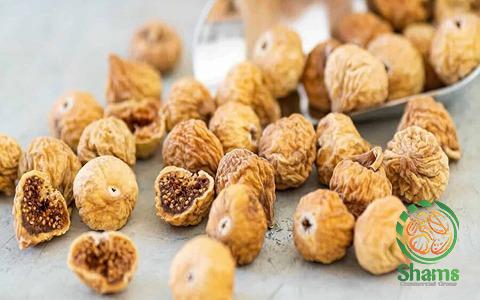
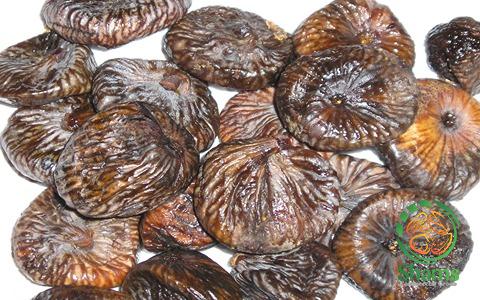
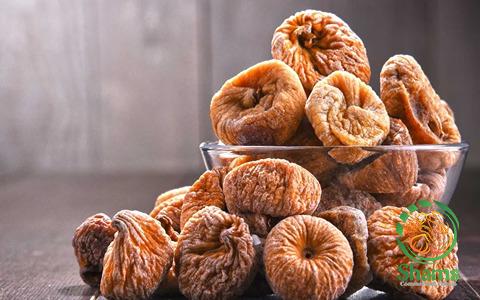
Your comment submitted.